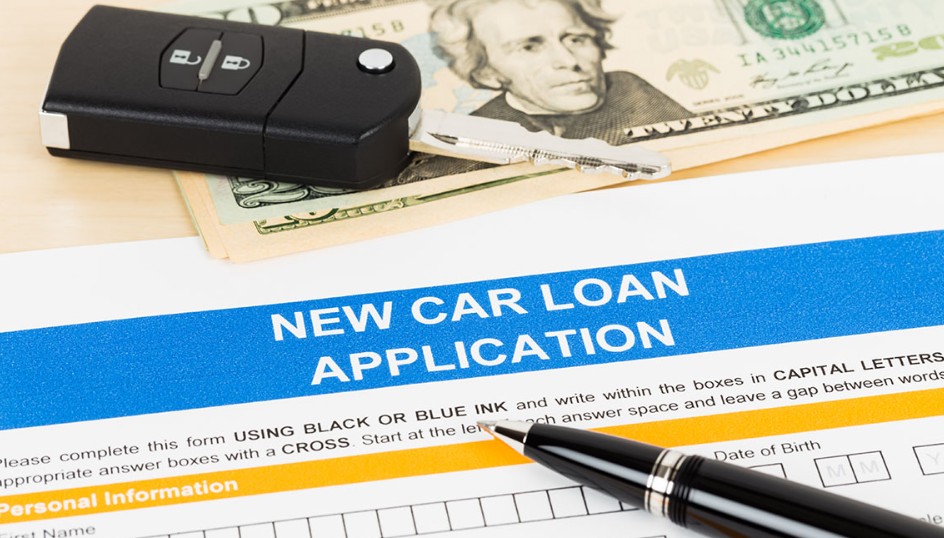When purchasing a new car, many car buyers encounter a situation that leaves them confused: negative equity. Negative equity happens when the amount you owe on your vehicle exceeds its current value, making it more difficult to secure financing for a new car.. So, Can You Add Negative Equity to a New Car Loan? Let’s break this down from the ground up, so you can understand what it means for your finances and how it affects the terms of your car loan.
What is Negative Equity in a Car Loan?
Before diving into the specifics of adding negative equity to a new car loan, it’s important to understand what negative equity means in the context of vehicle financing.
Negative equity occurs when the amount you still owe on your car loan exceeds the car’s present market value. For instance, if you have a £10,000 loan on a car worth £7,000, you would be dealing with £3,000 of negative equity.
This situation is common for individuals who purchase cars with little to no down payment or opt for longer loan terms that result in slower depreciation.
Can You Add Negative Equity to a New Car Loan?
The short answer is yes—you can add negative equity to a new car loan, but it comes with some caveats. Let’s look at the factors that determine whether this is a viable option and how it impacts your overall car purchase.
How Does Adding Negative Equity Work?

When you trade in your current vehicle, the dealership typically offers a value for it. If this amount is lower than your outstanding loan balance, they may propose including the negative equity in your new car loan.
- Financing the Negative Equity: If your trade-in vehicle has £3,000 in negative equity, the dealership might roll that amount into your new car loan, increasing the the total loan required will cover both the cost of the new car and the £3,000 shortfall.
- New Loan Terms: This means you’re financing both the new car and the amount you owe on your old car, which can increase your monthly payments and the total interest paid over the loan term.
Why Would a Lender Allow Negative Equity to Be Added?
Lenders are often willing to add negative equity to a new car loan because they’re securing the loan with the new car as collateral. However, this practice comes with a higher risk for both the borrower and the lender.
- Higher Loan Amounts: By rolling negative equity into a new loan, your overall loan amount increases, which could lead to higher monthly payments.
- Increased Risk for the Lender: If the value of the car depreciates faster than the loan balance, there’s a risk of being upside down on the new loan.
Potential for Higher Interest Rates: Lenders may charge higher interest rates to offset the increased risk associated with lending a larger amount, including the negative equity.
Is It a Good Idea to Add Negative Equity to Your New Car Loan?
Deciding whether to include negative equity in your new car loan can be complex. Consider the following advantages and disadvantages to make an informed choice.
Pros:
- Immediate Access to a New Car: If your old vehicle is no longer reliable or you need a new car urgently, adding negative equity can allow you to purchase a new car without waiting to pay down your old loan.
- Easier Financing Process: In some cases, adding negative equity to your loan may be simpler than trying to pay off the difference between the trade-in value and what you owe on your existing loan.
Cons:
- Higher Loan Balance: You’ll end up financing more than the cost of your new car, which can increase monthly payments.
- Longer Loan Term: With the added negative equity, your loan term might be extended, meaning you’re paying off the debt for longer.
- Higher Interest Costs: The larger loan balance could lead to paying more interest over time, which increases the overall cost of the vehicle.
What Are the Alternatives to Adding Negative Equity to Your New Car Loan?
If adding negative equity to your new car loan doesn’t seem like a good option for you, there are alternatives worth considering.
1. Set aside funds for a bigger down payment.
By saving up a larger down payment, you can reduce the amount of negative equity that needs to be added to your new loan.
2. Pay Down Your Existing Loan
If you’re able to, paying down a portion or the entirety of your current loan balance before trading in your car can help minimize any negative equity.
3. Look for a Car with a Lower Price
Choosing a less expensive car might reduce the need to roll over negative equity and may help keep your new loan balance more manageable.
How to Minimize the Impact of Negative Equity on Your New Loan

If you find yourself in a situation where you must add negative equity to your new car loan, there are strategies you can use to minimize the financial impact:
Negotiate with the Dealer: If you have negative equity, it’s important to negotiate your trade-in value and ensure that the dealer is offering you a fair price for your car. In some cases, dealers may offer to pay off more of your negative equity if it means securing your business.
Shop Around for Financing: Don’t just accept the first loan offer. Shop around and compare interest rates from different lenders to ensure you’re getting the best possible deal, even with the added negative equity.
Shorten the Loan Term: If possible, consider taking out a shorter loan term to pay off the negative equity more quickly and reduce the overall cost of the loan.
Conclusion
Can You Add Negative Equity to a New Car Loan? Yes, but it comes with financial risks that you should be fully aware of. While it may provide an immediate solution to upgrading your vehicle, it’s important to understand how negative equity affects your new loan terms. By carefully considering the pros and cons, exploring alternatives, and negotiating the best terms, you can make an informed decision about how to move forward with your car purchase. Remember, minimizing negative equity before taking on a new loan is always the best approach to avoid paying more than necessary in the long run.
FAQs About Negative Equity and Car Loans
1. Is it possible to refinance a car loan if you owe more than the vehicle’s current value?
Yes, it’s possible to refinance a car loan with negative equity, but it can be challenging. Lenders may be hesitant to offer refinancing because it increases the risk of default. However, if you’ve been making timely payments on your current loan, you might still be able to find a lender willing to work with you.
2. What happens if I add too much negative equity to my new loan?
Building up too much negative equity can result in owing more on your car than it’s worth, making it harder to sell or trade it in, and could cause additional problems if you default on the loan.
3. How can I avoid negative equity when buying a car?
To avoid negative equity, consider making a substantial down payment, choosing a car with slower depreciation, and opting for a shorter loan term. Also, steer clear of extended loan terms, as they may lead to owing more on the car than its actual value for a prolonged time.






